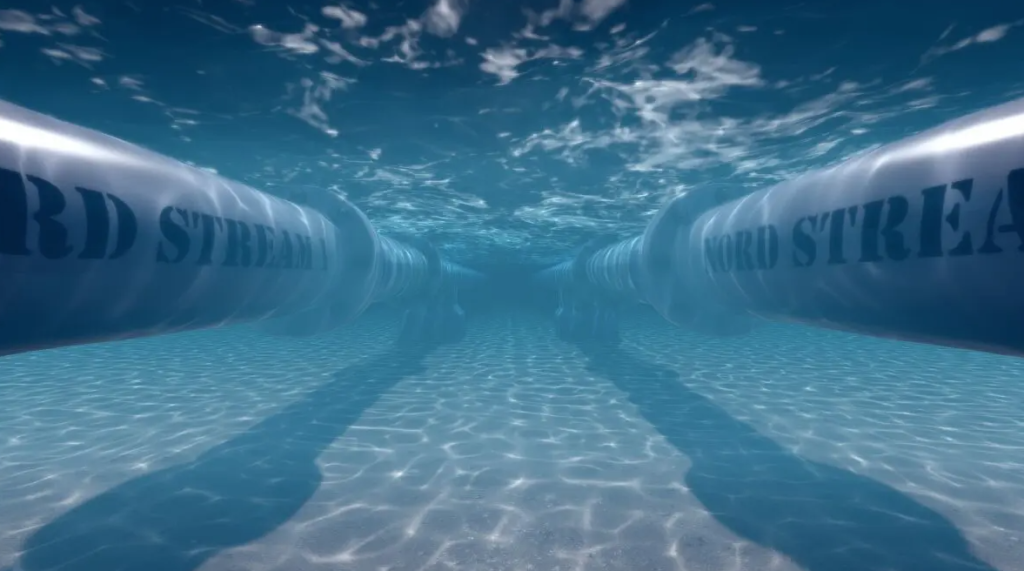First estimates on leak due to Nord Stream 1 and 2 failure
(sustainabilityenvironment.com) – Three explosions were powerful enough to be detected by seismographs, one of which is equivalent to an earthquake of magnitude 2.3. Three holes in the pipelines that directly connect Russia and Germany pass under the Baltic Sea. The failure of Nord Stream 1 and 2 is clearly visible from the surface: the sea boils in large circles, even 1 km in diameter, while the methane rises and is released into the atmosphere.
How much methane is coming out of North Stream 1 and 2?
What can be the environmental impact of the sabotage of the two pipelines? At the moment it is difficult to make precise assessments. Too many factors remain uncertain. Starting from the size of the gashes. Among the few fixed points, the total amount of methane is present. Although the two Nord Streams were not operational (the 1 since early September, the 2 never came into operation), the tubes were full or still contained quantities of gas.
We only know the exact data for Nord Stream pipeline 2. Stopped in February, a few days before the invasion of Ukraine, it was ready to go into operation and then with the gas under pressure. This week, according to operator data, the pipeline contained 300 million cubic meters of gas. Depending on the temperature at which the gas is held, it is potentially 140-200 million tons of methane released into the atmosphere. According to calculations by Reuters, it would have an impact on the climate equivalent to that of a city of just over half a million inhabitants per year.
Read also Russia closes North Stream 1, zero deliveries
As for Nord Stream 1, it is difficult to put forward any hypothesis. The operator has not reported the volume of gas in the pipeline since the start of maintenance a few weeks ago.
The satellite estimates
Satellites, however, help to reconstruct a more accurate picture of North Stream gas pipeline 1 and 2 failures. Methane emissions in the atmosphere are detectable. According to the company’s initial GHGSat estimates, the 3 leaks together in the first few hours emitted about 500 tons of methane per hour. The worst methane leak in the US, in Los Angeles in 2016, had released 10 times less. These values obviously decrease over time, as the pressure and volumes drop.

